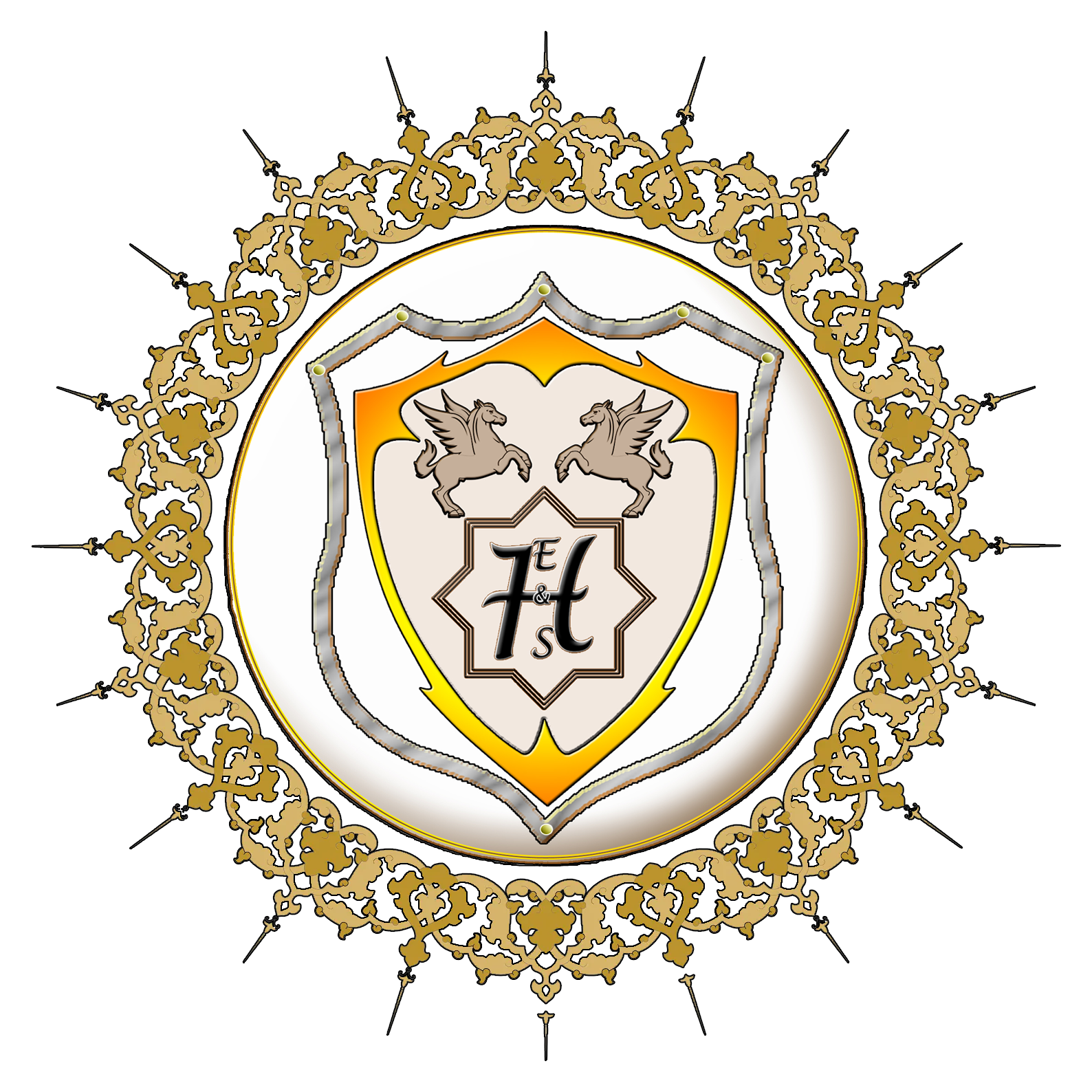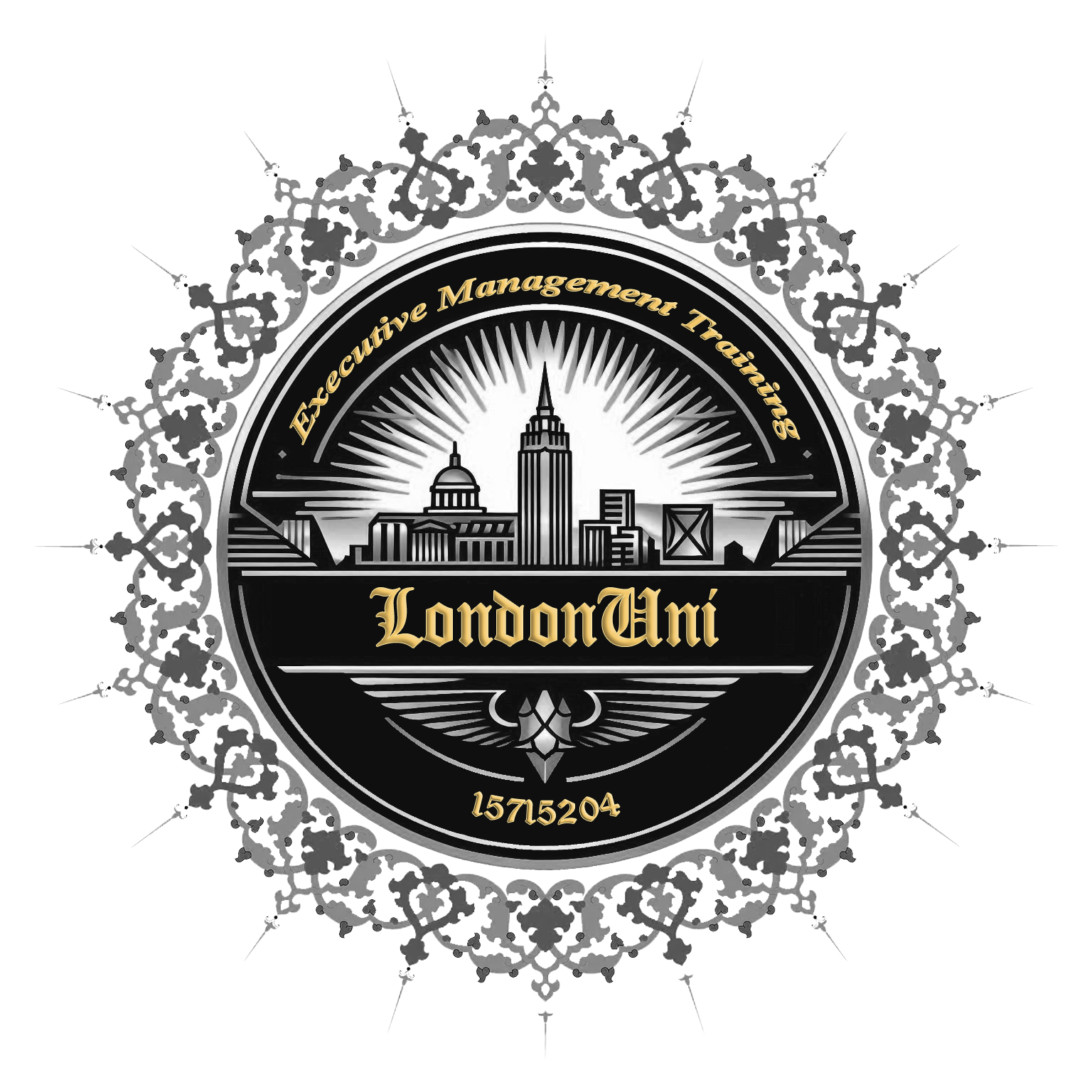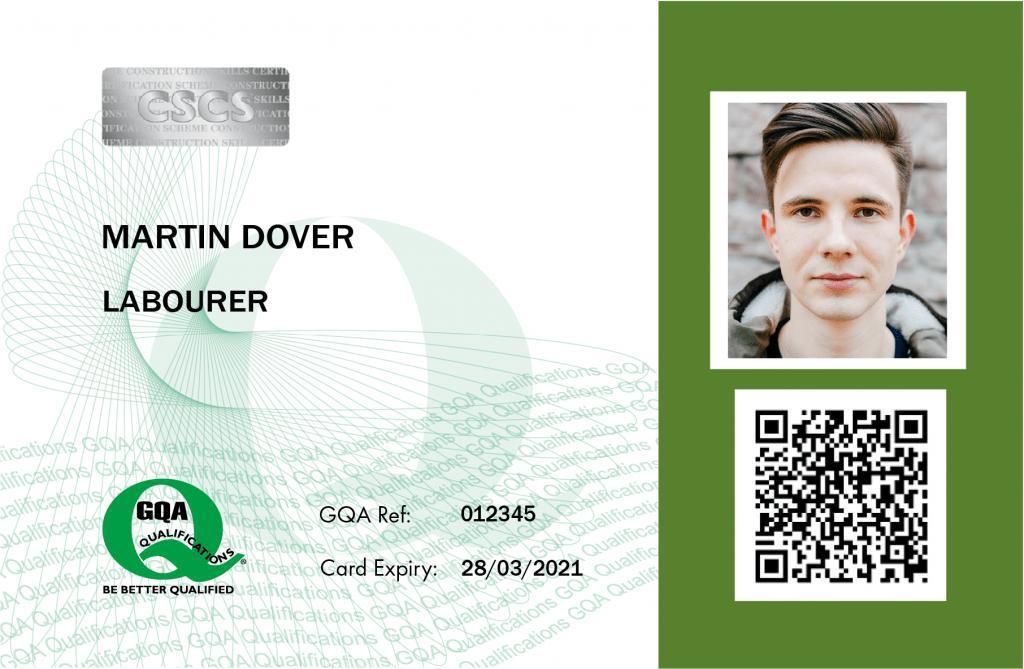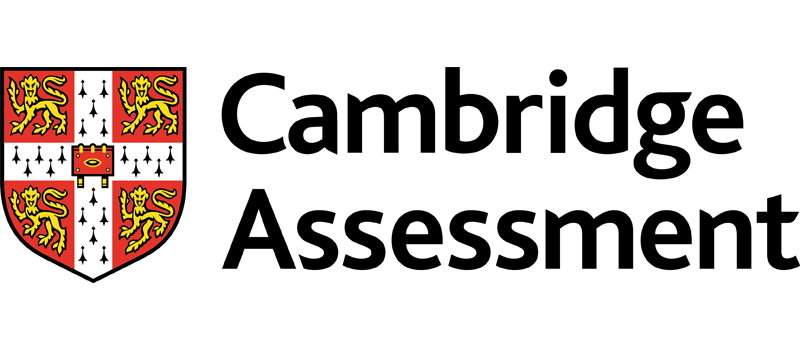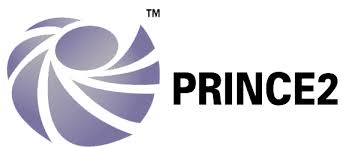
Leadership Driven by Creativity
Course ID: 2508184501220EGI
Course Dates : 18/08/25 Course Duration : 5 Studying Day/s Course Location: Istanbul, Turkey
Language: Bilingual
Course Category: Professional and CPD Training Programs
Course Subcategories: Leadership and Management Excellence
Course Certified By: * Projacs Academy
* Professional Training and CPD Programs
Certification Will Be Issued From :
KSA
Course Fees: £3,403.92
Vat Not Included in the price. VAT may vary depending on the country where the course or workshop is held.
Click to Pay
Date has passed please contact us Sales@e-s-hub.com
Course Information
Introduction
Leadership is no longer confined to the traditional paradigms of authority and hierarchy. In an era defined by rapid technological advancements, shifting workforce dynamics, and evolving consumer expectations, leadership must adapt to remain effective. One critical adaptation lies in the integration of creativity into leadership practices. Creative leadership transcends conventional problem-solving approaches, fostering innovation, resilience, and adaptability within teams and organizations. This course explores how leaders can harness their creative potential to inspire others, drive organizational success, and navigate complex challenges.
The need for creative leadership has become increasingly evident across industries. A 2022 McKinsey report highlighted that companies prioritizing creativity outperformed their peers by 1.5 times in terms of revenue growth. Despite this, many leaders struggle to embed creativity into their decision-making processes due to entrenched habits, fear of failure, or lack of training. These gaps often manifest as stagnant team performance, missed opportunities for innovation, and diminished employee engagement. By addressing these challenges, this course equips participants with tools to transform obstacles into opportunities through creative thinking.
Creative leadership draws on established theories such as Design Thinking, Transformational Leadership, and Systems Thinking. For instance, Design Thinking emphasizes empathy, ideation, prototyping, and testing—skills that are invaluable for modern leaders seeking innovative solutions. Similarly, Transformational Leadership underscores the importance of inspiring and motivating followers, which aligns seamlessly with fostering a culture of creativity. Real-world examples further underscore the impact of these principles. Consider Pixar Animation Studios, where Ed Catmull’s leadership fostered an environment where creativity thrived, leading to groundbreaking films like Toy Story and Finding Nemo . Such cases demonstrate the tangible benefits of integrating creativity into leadership practices.
For individuals, mastering creative leadership enhances career prospects, boosts confidence in tackling ambiguous situations, and fosters personal growth. Organizations, too, reap significant rewards when their leaders embrace creativity. Teams led by creative leaders exhibit higher levels of collaboration, productivity, and job satisfaction. Moreover, organizations benefit from improved adaptability, enabling them to pivot swiftly in response to market changes. As industries continue to evolve, the ability to lead creatively will differentiate successful enterprises from those struggling to keep pace.
This course also addresses emerging trends in leadership development, including the rise of remote work and digital transformation. Remote teams require leaders who can think outside the box to maintain cohesion and morale despite physical distance. Additionally, digital tools have expanded the possibilities for creative expression and collaboration, making it imperative for leaders to understand how to leverage these resources effectively. Participants will explore practical strategies for applying creative leadership in virtual environments, ensuring relevance in today’s hybrid workplaces.
Through interactive sessions, case studies, and hands-on exercises, this course bridges theory and practice. Attendees will leave equipped not only with theoretical knowledge but also with actionable insights they can immediately implement in their roles. Whether you’re leading a small team or steering an entire organization, "Leadership Driven by Creativity" offers the skills and frameworks necessary to thrive in an ever-changing professional landscape.
Objectives
By attending this course, participants will be able to:
Analyze the core principles of creative leadership and their application in diverse organizational contexts.
Evaluate existing leadership practices to identify areas for improvement using frameworks such as Design Thinking and Transformational Leadership.
Design innovative strategies to address real-world challenges faced by teams and organizations.
Implement techniques to foster a culture of creativity and psychological safety within teams.
Apply creative problem-solving methods to enhance decision-making and project outcomes.
Develop personalized action plans to integrate creative leadership into daily operations.
Reflect critically on personal leadership styles and refine them to incorporate greater creativity and adaptability.
Who Should Attend?
This course is ideal for:
Mid-to-senior-level managers responsible for guiding teams and driving organizational change.
HR professionals tasked with developing leadership programs and fostering workplace innovation.
Consultants and coaches specializing in leadership development and organizational strategy.
Entrepreneurs and business owners seeking to build agile, future-ready enterprises.
Training Method
• Pre-assessment
• Live group instruction
• Use of real-world examples, case studies and exercises
• Interactive participation and discussion
• Power point presentation, LCD and flip chart
• Group activities and tests
• Each participant receives a 7” Tablet containing a copy of the presentation, slides and handouts
• Post-assessment
Program Support
This program is supported by:
* Interactive discussions
* Role-play
* Case studies and highlight the techniques available to the participants.
Daily Agenda
The course agenda will be as follows:
• Technical Session 08.30-10.00 am
• Coffee Break 10.00-10.15 am
• Technical Session 10.15-12.15 noon
• Coffee Break 12.15-12.45 pm
• Technical Session 12.45-02.30 pm
• Course Ends 02.30 pm
Course Outlines
Understanding the intersection of creativity and leadership.
Key theories: Design Thinking, Transformational Leadership, and Systems Thinking.
Case study analysis: Lessons from innovative organizations (e.g., Google, IDEO).
Identifying barriers to creative leadership and strategies to overcome them.
Day 2: Building a Culture of Creativity
The role of psychological safety in fostering creativity.
Techniques for encouraging risk-taking and experimentation.
Tools for facilitating brainstorming and idea generation.
Group exercise: Creating a vision board for team innovation.
Day 3: Practical Applications of Creative Leadership
Applying creative problem-solving frameworks to real-world scenarios.
Leading remote and hybrid teams with creativity.
Leveraging technology to enhance collaborative creativity.
Workshop: Developing a prototype solution for a given challenge.
Day 4: Enhancing Decision-Making Through Creativity
Integrating divergent and convergent thinking in decision-making.
Using storytelling as a tool for persuasive communication.
Strategies for managing resistance to new ideas.
Role-playing activity: Pitching creative solutions to stakeholders.
Day 5: Personal Development and Action Planning
Self-assessment: Identifying strengths and areas for growth in creative leadership.
Crafting a personal development plan for continuous improvement.
Setting measurable goals for implementing creative leadership practices.
Final reflections and peer feedback session.

